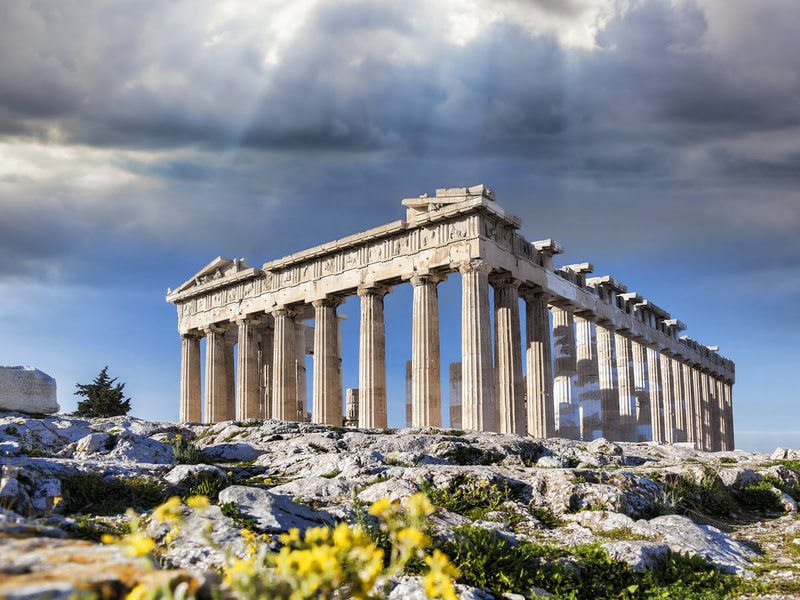|
|
The Pied Piper of Hamelin
An allegory is a moral story told in the perspective of children or animals, so that its moral lesson is more palatable to the listener. In this allegorical story of the Pied Piper, who do you think is the more dangerous leader, the mayor--who baited and switched in deceiving the Piper--or the Piper--who exacts his vengeance when his reward is denied? |
|
|
Allusions to Greek Mythology
Herculean task: a monumental task Sisyphus: a man condemned to a futile, punishing routine Odyssey: a long journey between Scylla and Charybdis: "between a rock and a hard place" in mythological proportions a Trojan horse: a decoy or trap one's Achilles heel: a small, but fatal, flaw the Midas touch: King Midas soon found out his golden touch was a curse disguised as blessing Narcissist: a "swellhead" |
|
|
Literary writers seek to convey VERISIMILITUDE to help their readers visualize the specific, intended idea of the writing. As you can guess, VERI-SIMILITUDE means a true likeness--true similarity between what the writer means and what the reader is familiar with.
Similes, metaphors, and analogies are all literary devices that use comparison between the one that writer wants to describe and the other that the reader is familiar with. If you say "my kid sister was strutting like Marilyn Monroe," this SIMILE will conjure up in my mind an image of your younger sister--even though I may not have the pleasure of meeting her yet--who itches to grow up quick. In this next sentence--"My sister wants to be the new Marilyn Monroe"--"the new Marilyn Monroe" metaphorically pictures a young girl who fantasizes becoming famous for her sensual beauty. |


